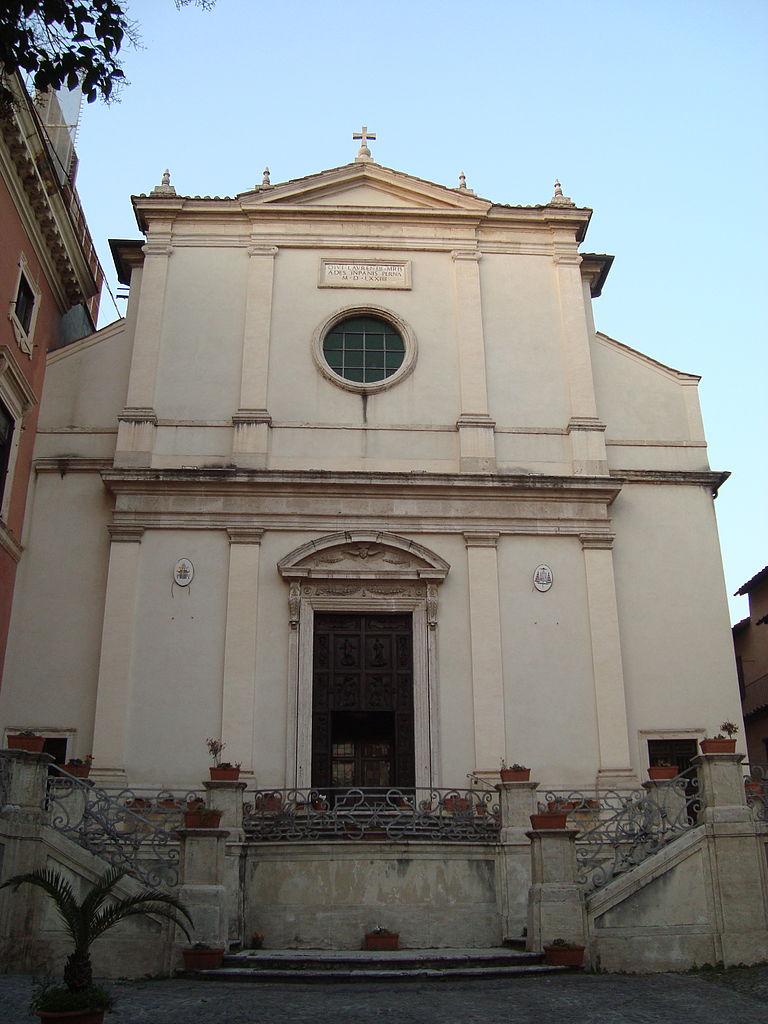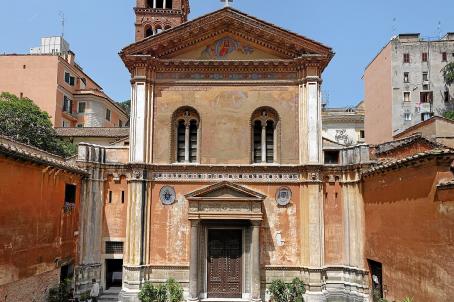Chiesa di San Lorenzo in Panisperna
The church of San Lorenzo dates back to the 9th century when it was first erected on the site of the martyrdom of Saint Lawrence. At the end of the first millennium, the holy place was entrusted to the monks of St. Benedict, who built a monastery next to it, which became very important in the community of the time. In the early years of the 14th century, the monastery was given to the nuns of St. Clare. The church was rebuilt from the foundations between 1565 and 1574 on the initiative of the titular cardinal Guglielmo Sirleto. The external portico was added in the 17th century.






